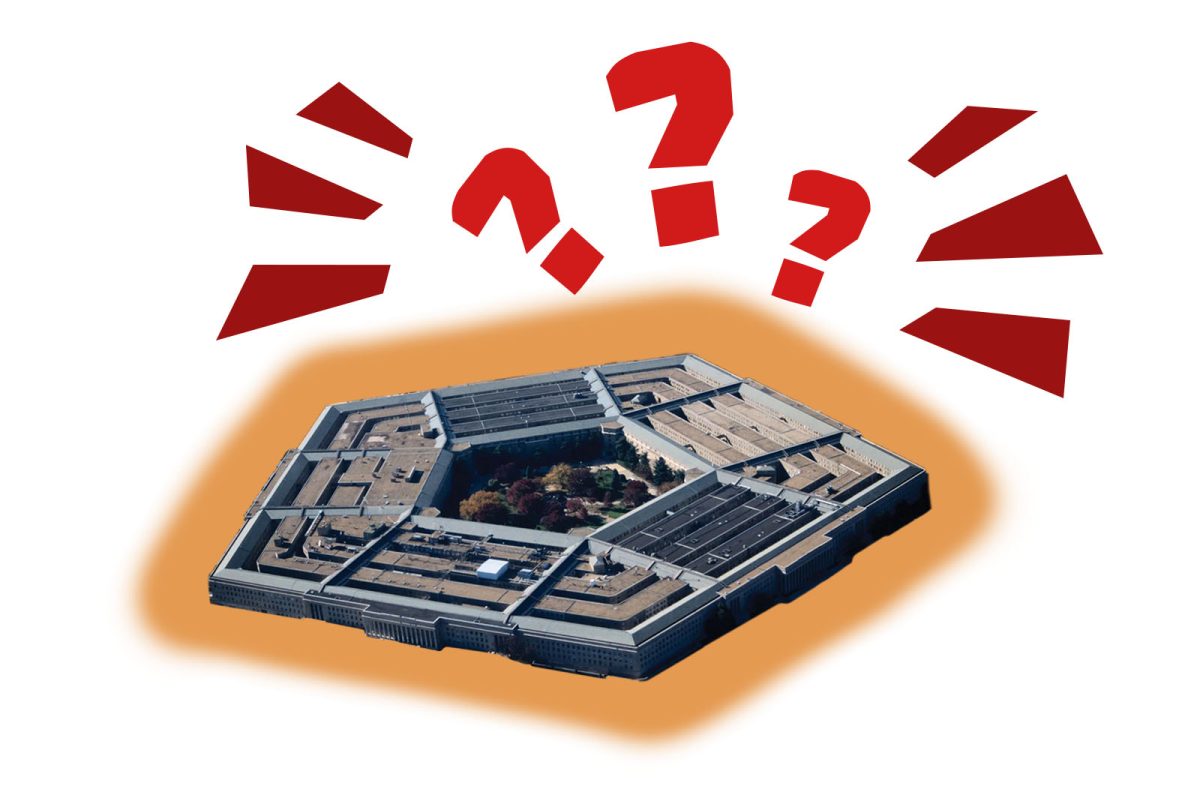For the most part, the days of finding fitness and enjoyment in loping across spotless meadows are gone. Hopefully, with the right policy and personal change, they will return, but for now we humans have been exorcised from the forests and streams of our grandparents’ country. We live in cities and towns—the urban surrounds us, the meadows have been replaced by factories, warehouses and loft complexes, and as a result, those who used to play in trees are cooped inside grey, blocky apartments.
It doesn’t need to be this way. Cities are vast playgrounds of cement and skyscrapers that demand exploration. Many ecological movements promote the idea that to have a nation full of healthy, incorporated people, we all need to have access to acres of forest. This is desirable, of course, and it pertains to their mission of decreasing pollution and urban expansion, but it is not necessary to hike and camp in order to rid ourselves of all the diseases of modernity like obesity and diabetes.
We don’t need to revert to that idyllic, “more natural” past; such is impossible. We think we won’t ever be satisfied until there are pastures of plenty; nobody wants to venture out for an evening walk in North St. Louis because we assume there is nowhere to walk to: the sights are gnarled old buildings and convenience stores, not park trails.
There is no doubt that the north side needs to be taken care of, its properties rehabbed and maintained, a few oases of greenery installed; however, at least for now, sprawling, industrial cities like ours exist, and while we should work toward increasing their environmental sustainability, we must also embrace their potential for inspiration and obsessive enjoyment.
I grew up in St. Louis, and though people proclaim London and New York to be great walking cities, there is something of the sublime in our own deteriorating architecture. Our buildings evoke the deep history of each neighborhood: Soulard and Lafayette are all late 18th century vintage facades, their windows painted the bright colors of Mardi Gras. Down closer to the river, the Lemp brewery and abandoned factories reveal the ghosts of St. Louis’ industrial past. Everywhere on the faces of numerous brick walls are the worn logos of old residents like the Levine Hat Company and fur traders.
Much of Midtown sits in disrepair, and this we can explore as well; we can tromp through the yards and alleyways, can explore the odd garden on Josephine Baker Avenue, can observe the haphazard fire escapes and old cinderblocks that stand as testaments to human ambition and human neglect.
We are an imperfect city, but it is still possible to be active and inspired by our dilapidation. We don’t need pristine fields for our leisure; a street will do just fine, and will offer the experience of history. Until we all revert to local and decentralized villages by some miracle of government and environmental policy, we need to embrace cities for what they are, instead of surrendering to their perceived squalor. We need to learn to see the poignancy in the decay, and cultivate some kind of appreciation of our modern habitat.





